In modern times, education is not limited to textbooks and traditional means of study. It is beyond that, and now e-learning has emerged to the next level. Last year we witnessed a massive spike of e-learning tools introduced in markets. Globally, e-learning platforms helped students to fulfill their academic requirements. Worldwide digital spending on education is projected to upto 350 billion USD. E-learning transformed education with emerging trends like Blockchain, Video-based learning, Artificial Intelligence, and others. In this blog, we will be discussing the emerging tech trends that reformed education in the past few years.
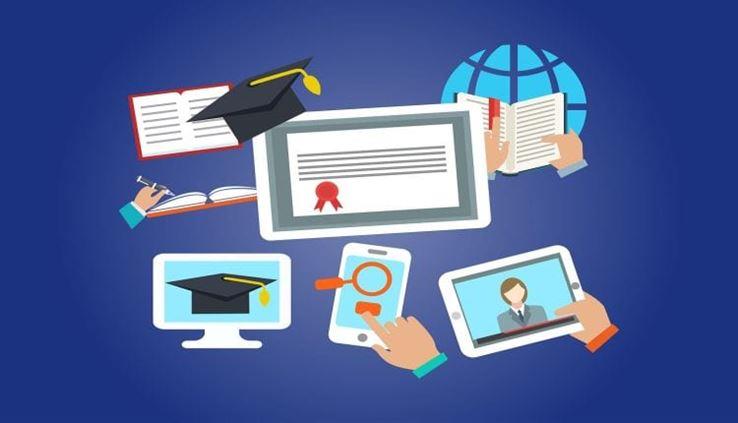
Emerging Technologies That Reformed Education
In 2020, we witnessed plenty of tools that helped the education industry to educate children. It was just a trailer because 2021 may develop these new top trends that will define education in a unique manner.
1. Blockchain
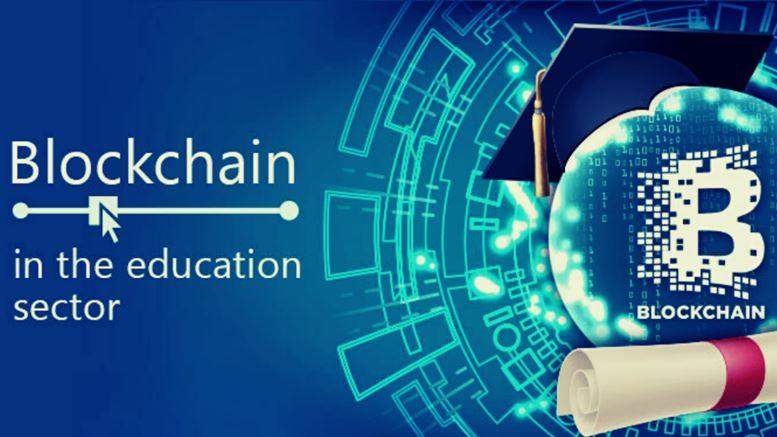
Blockchain is not only about cryptocurrency but also provide educational institutions to keep digital records. They can maintain a ledger of students’ records and fee payments, certificates as a permanent score that helps students apply for professional positions.
It provides secured data exchange opportunities for the organizations as well. Data security norms are strict in blockchain, which prevents it from getting hacked. There are lots of uses of this technology in the education sector.
Students share data between universities, data transfer amongst students, and sharing academic data are a few of the acceptable uses of blockchain that we can witness in 2021. For safe data sharing, this technology is useful.
2. Mobile learning solutions

Today’s children rely on digital natives like computers, mobile phones, and laptops. Even a preschooler can now operate a computer or mobile phone without any professional training in it. Education in 2020 has taught students to learn from mobiles.
Along with entertainment folders, they added folders and apps like Google Classroom, Google Docs, and others to access the educational content. If you have the content, then make it user friendly. Trim down the content size for easy access to users, making it interactive on a mobile device.
The most awaited technology, 5G, also contributed to the larger scale in mobile learning. Cellular networks are ramping up for better connectivity, which is essential for mobile learning. With better connectivity, content is easy to access, making our lives better.
3. Easy accessibility with digital books
Who loves to carry a load of textbooks in this digital age? If students have digital books or e-books, then no one loves texts. Online education services provide online material for students for easy content accessibility.
Apart from regular students, there is plenty of physically challenged person, also there who seek education. Technological features like Alt texts, screen readers, and others allow auditory and visual aspects to be accessible to all learners.
Students can view textbook solutions manuals with technology, where they get stepwise solutions for every textbook answer. They can also avail of Q and A services for e-learning platforms to connect with subject matter experts to resolve their academic doubts.
4. Online Assessments
Pen paper test is a daunting task for any students to appear for. In modern times, trials are customizable, flexible, interactive to make the learning process easier for students. Online assessments are formative and adaptive for students to build knowledge skills and abilities that must be regularly amended to deliver fair and accurate evaluations.
When assessments are well-drafted and curated, they help scholars gear up for success applying their knowledge to answer queries and solve problems. Students can also connect with online experts of homework help services for assistance in homework.
5. Self-paced learning
Today’s technology uses self-paced learning tools, which help students to learn at their own pace. Several educational institutions have come up with online learning courses, and students are supposed to compulsory enroll in a couple of such classes each semester.
Unlike traditional learning, where personalized technology and content are absent, e-learning offers students plenty of options to grasp concepts. With personalized learning methodology in digital means, students understand the ideas more comfortable and faster than the traditional books or content.
Higher education institutions have introduced several courses and certification programs that are exclusively taught in online mode. Scholars can go through recorded sessions and participate in live chat sessions with subject matter experts from any location.
In 2021, educational institutions are obliged to invest in digital learning to combat hurdles faced amid pandemic in traditional education. To fight any uncertainties, technologically driven knowledge is the best method, and self-paced learning is one subpart.
6. Internet of Things (IoT)
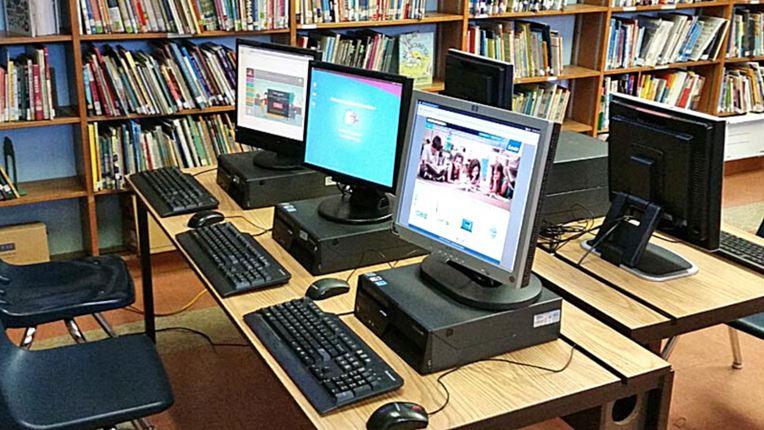
Internet Of Things (IoT), one of the significant trend types in automation where physical items are connected with the internet. In learning, IoT plays a vital role in making academic content interactive. Learners nowadays prefer multimedia content over text as it engages 40% more than simple videos.
Now, most of the students have smartphones and internet access. They can utilize various educational resources in less time and replace traditional means like chalk, blackboard, pens, and paper in the classroom.
Tablets, smartphones, and computers can be used for better and effective communication between educators and students.
IoT brings students and teachers to one table where both can discuss, interact on one topic. With just a smartphone, teachers and students can utilize learning tools sitting in their comfort zone. In 2021 if lockdown the virus crisis continues, IoT is set to overtake traditional learning.
7. Big Data
Center for Digital Education, USA study found that due to big data, 61% of the increase in graduation rate, 47 % real-time adjustment of school curricula, and 69% of growth in students’ performance. It also found that 44% of professors recognize this tool as an essential means to measure institutional performance, while 22% believe it can uncover regular education admin flaws.
8. Robotics
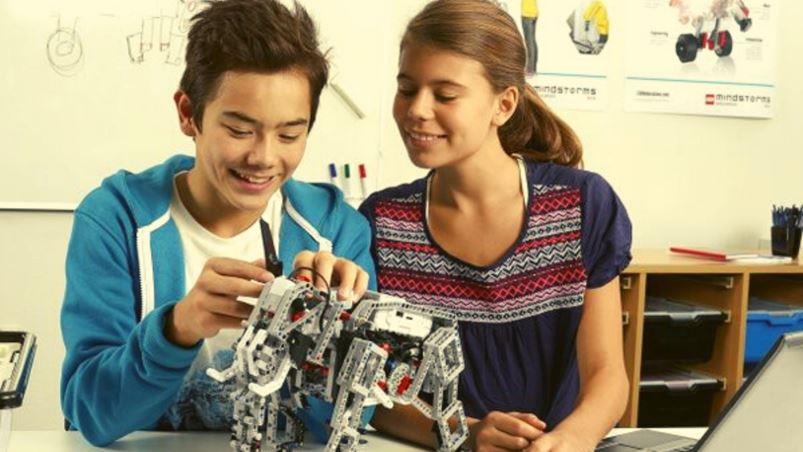
Robotics helps design more flexible teaching and learning system that will benefit students with physical sensory or mental disabilities. For instance, personal assistance by MNC’s like Siri by Apple helps students accomplish tasks with voice commands. This kind of tool is useful for learners who have trouble seeing their screens or typing on their keyboards.
Robots can be used to attend lectures on behalf of students who cannot participate in school physically. In 2020, many universities practiced this method to give real school experience to students. They brought students via an internal video conferencing system to count their attendance.
9. Artificial intelligence (AI)
Artificial Intelligence (AI) is the most effective tool that transforms testing and grading methods. AI algorithms can save time by evaluating assignments faster than humans. Few examples include plagiarism checkers, writing apps, and customized dissertation writing services.
AI can identify the main problems and obstacles scholars face while learning and improvise their study pattern. It s becoming a crucial educational trend that develops a better education ecosystem for students and teachers.
10. Machine learning
In learning analytics, machine learning helps teachers gain insight into data that cannot be extracted by humans. Computers have better performance capacity that dives into data and makes positive teaching impacts and learning process.
It remediates struggling or physically challenged students with adaptive learning methodology. It is an online educational system that analyzes students’ performance and enhances teaching methods based on the curriculum’s data.
Using real-time academic data of school students, educational institutions can easily predict upcoming dropouts’ stats and their predicted competitive exam scores. This method is called predictive analysis, which is possible because of machine learning.
11. Virtual Reality
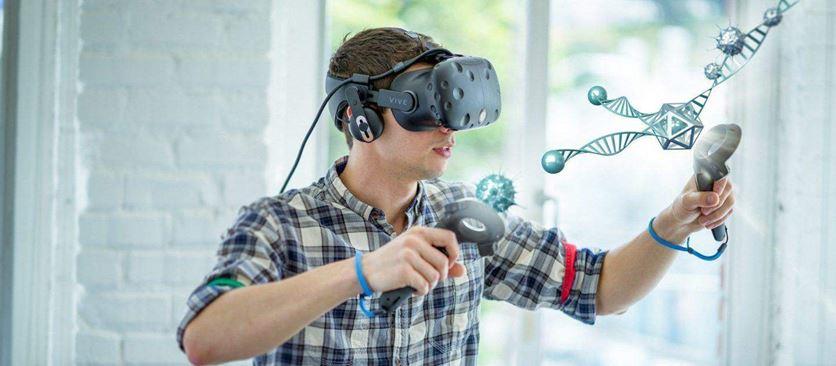
A cost-effective tool, Virtual Reality (VR) improves the learning experience with high-quality graphics and 3D models. It brings virtual things in front of you as if you are present there. If you are biology students, who learn the human body’s diagrams in 3D format, the entire structure can be understood in less time.
Students need to wear VR glasses to experience real-time graphics. This technology is now becoming affordable for all of us, and many gaming industries are using this tool. Now it’s time for the education sector to incorporate this learning method to make scholars active and develop their passion for education.
Conclusion
Educational institutions need to change. They must come out of their stereotype thinking and incorporate the above mentioned tools. These trends and promising means support education even in uncertain times like most of them applied amid pandemic crisis.
They must adapt these new trends and adapt these technologies to make education enjoyable, practical, and relevant for students. Higher institutions who are looking to improve their branding must adopt these tools. It can help a long way for improving higher education integration with the industry-relevant knowledge base.
Anna Jones, HOD, Finance at Ohio University, US teaches students finance subjects. She is also associated with the Crazy For Study as the subject matter expert, offering several academic solutions.